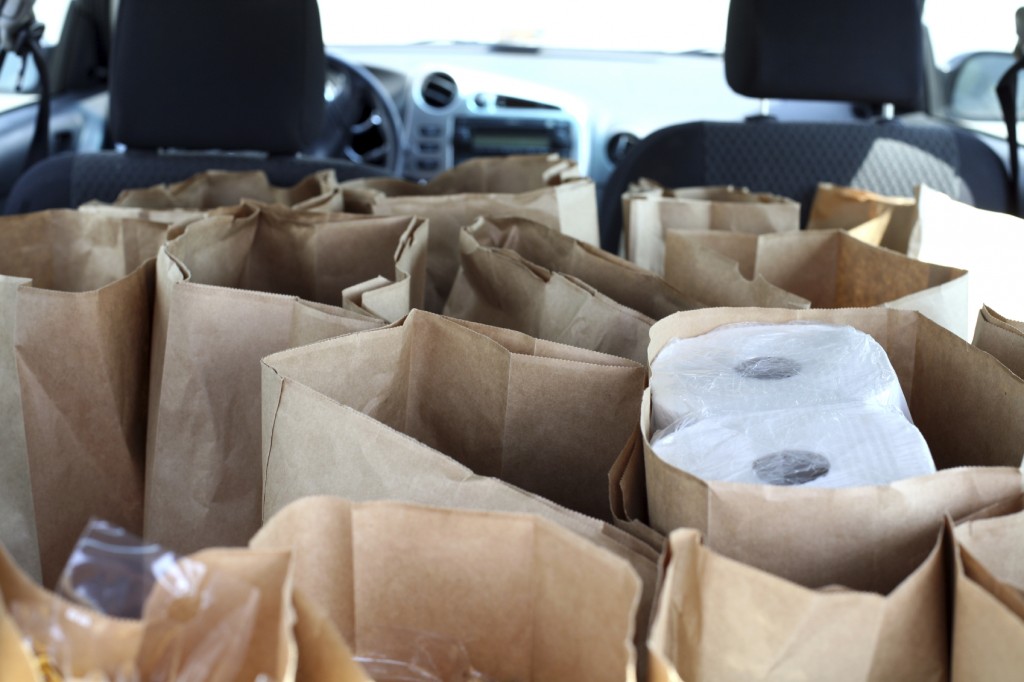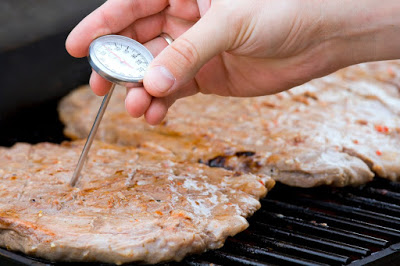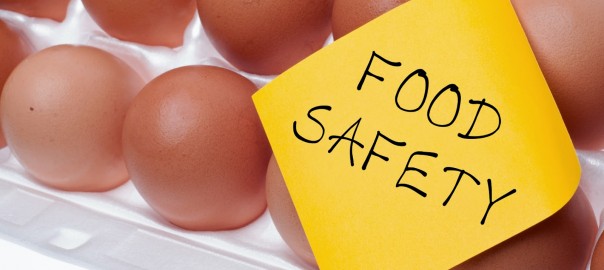
If you’re a savvy food shopper, you probably look at a product’s expiration date before making a purchase. Over the years, you may have noticed some different verbiage on these dates such as “best by”, “sell by”, and “use by”.
To the untrained eye, all of these terms mean the same thing. In reality, they do not. These small, subtle changes in wording actually change the entire meaning of the date.
Here is what each type of date means, according to the Institute of Food Technologists…
Best By
This is more of a general guideline than it is a strict expiration date. It simply means that the product will taste its best if consumed before that date. Eating a food after its “best by” date won’t necessarily get you sick, but it might have a slightly different taste, color, or texture.
Sell By
This label is aimed at retailers to help them keep track of their inventory. Typically, one-third of a product’s shelf life remains after the “sell by” date, a time period in which it is completely safe for consumption.
Use By
“Use by” is the typical expiration date. Be wary about eating any food after its use by date – you could risk getting sick. It is important to note that the appearance/smell of a food isn’t always a good indicator of how safe it is to consume.
Want more food safety tips like these delivered straight to your news feed? Like us on Facebook!
Speedy Refrigerator Service provides same-day refrigerator and freezer repairs to Long Island and New York City. Our technicians are fully licensed and insured, and have the tools and experience needed to fix any make or model of refrigerator. Our phone lines are always open, so call us any time to schedule your appointment at 866-782-9376.






